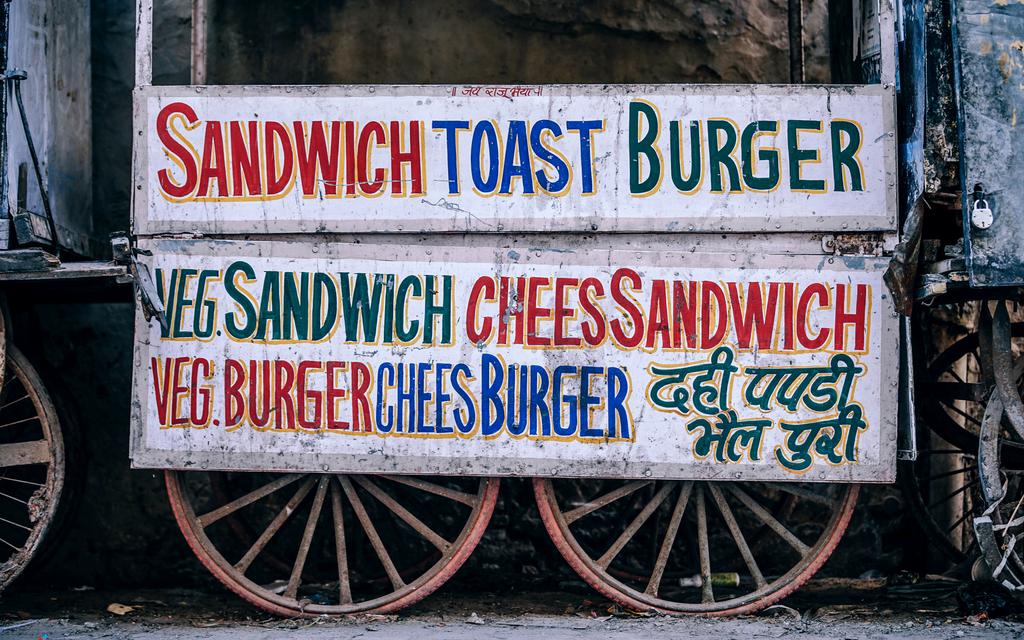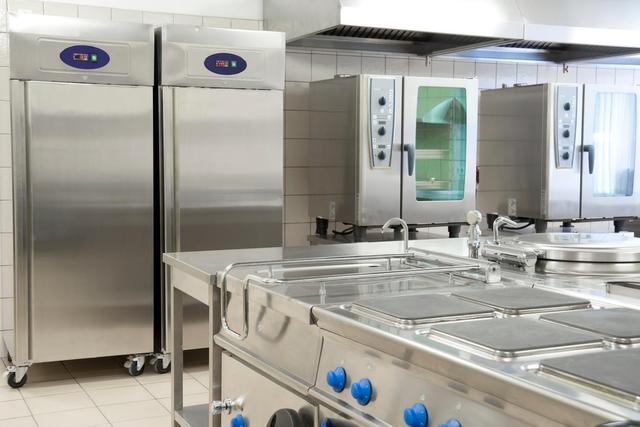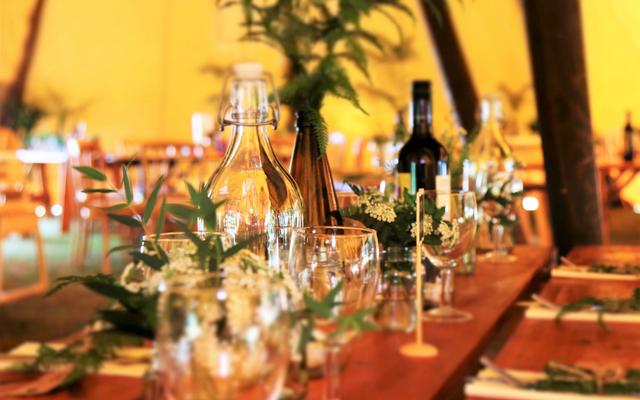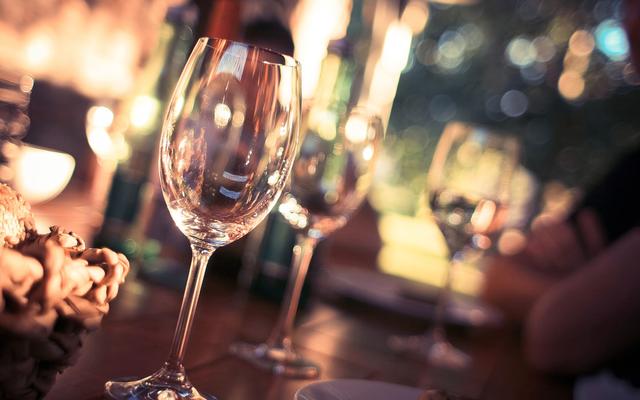Menu engineering sounds too complex for many aspiring restaurateurs to consider, but savvy restaurant owners have used some of these techniques throughout history since chuck wagons delivered foods as the first "pop-up" restaurants. Marketing signs, attractive photos of foods and compelling descriptions have always been a part of the restaurant experience. In today's digital culture where people have shorter attention spans, paying attention to the design elements and promotional strategies of your menu is critical for maximizing revenue and profit.
Restaurant owners have always highlighted key menu items and signature dishes. Menu "engineering" just takes things a bit further by codifying proven techniques and assimilating consumer research to encourage customers to buy higher priced items or move items that don't sell as well but are essential to keep on the menu because they attract customers.
Your menu is the restaurant's primary marketing tool, so it's important to maximize its influence. You should begin menu engineering during the restaurant's planning process. That will allow you to create a sample menu that you can use to show potential investors and demonstrate how thoroughly you've planned your business strategy.
Your Real-World Profit Might Increase by 15% or More

Menu engineering helps you balance your food costs and increase guest check totals by suggestively selling desserts, soups, appetizers and a la carte items. One study found that simple menu engineering could increase profits by 15% or more according to a leading menu printing company. This benefit can apply to menu boards, digital signs, online menus and specialty menus such as wine lists, dessert menus, etc.
Simple Steps to Begin "Engineering" Your Menu
Assessing each item on your menu is the first step. Essentially, you've got to run a cost analysis, which includes associated labor costs, and determine what are--or you think will be--your most popular and profitable items. Determining or estimating profitability and popularity puts each item into one of four quadrants:-
Profitable and Popular
This is simple. Your menu should highlight these items in prime positions. Your can also use menu inserts to tell complex and intriguing stories.
-
Popular but Not Profitable
These include comfort foods and basic burgers and fries. Gourmet burgers and pizza, however, often fall into the first quadrant because they can be very profitable. You might consider ways to make all second quadrant items more profitable such as offering expensive sampler platters, using less expensive ingredients and offering a load of optional extras.
-
Profitable but Not Popular
This is where you exercise your marketing savvy to promote these items as daily or weekly specials to increase the number of orders.
-
Not Profitable and Not Popular
These are items that you might consider eliminating unless there is a compelling reason to keep them. Something's got to be at the bottom of the list, however, so consider these items carefully. Are they made with fast-moving basic supplies, or do they require special ingredients? Are the ingredients of any of these items highly perishable? Do they attract influencers who bring other guests? Many of the items on your children's menu will fall into this category but must be kept on the menu to attract family diners.
The goal of engineering--since something's always at the bottom of the list--is to reduce the gap between your best and worst sellers to as small a number as possible.
Divide Your Menu into Categories
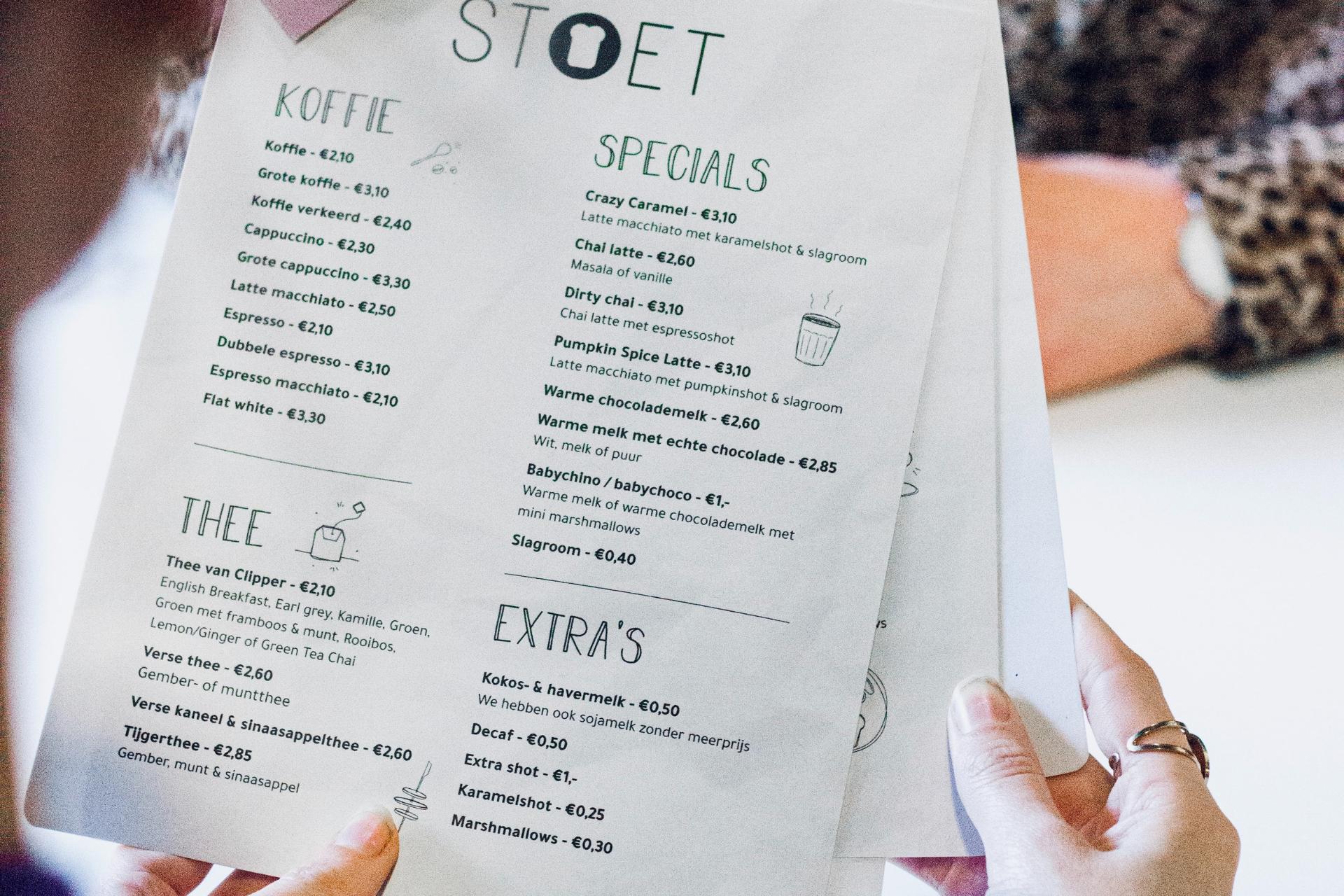
Menus are typically divided into categories such as beef, chicken, poultry, pasta, special entrees, seafood, beverages, desserts vegetarian dishes and others. You might also divide menu items into breakfast, lunch and dinner or use separate menus. Each subdivision needs to be divided into the four quadrants to reap the benefits of menu engineering.
Your menu not only maximizes sales but also attracts new and repeat customers. Some restaurants post their menus in their windows to attract passersby, and most successful restaurants post their menus on their websites and on other platforms such as discounting and review sites and social media platforms.
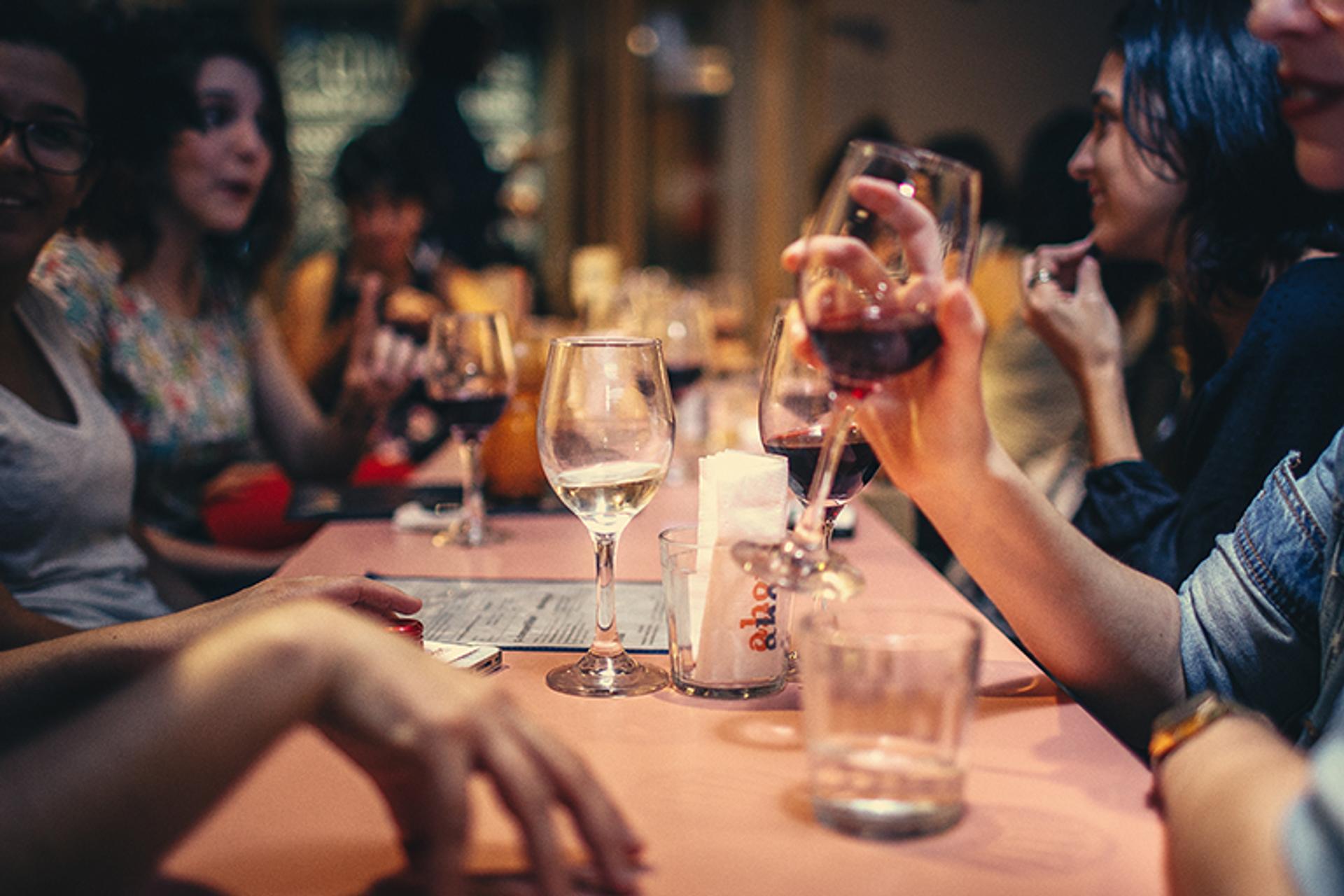
Best Design and Placement Practices for Menus
You've probably already heard that knocking off a penny can generate a psychological benefit--such as charging $2.99 instead of $3.00. There is truth in this philosophy, but it tends to work better for fast food, casual restaurants and neighborhood eateries. Other common principles of menu engineering include:
-
Set Off Your Top Sellers
Boxing key menu items draws attention. Some people read every menu entry, but many just settle for the first appealing dish that catches their attention.
-
Use Descriptions Strategically
Unless your restaurant specializes in gourmet cheese sandwiches, you don't want write a paragraph about a simple grilled cheese. Write long descriptions about signature items such as Lobster Thermidor, Peking duck, cassoulet, paella, Louisiana gumbo or a signature steak. Use evocative text and pictures of appealing plates and platters. Mention brand names of key ingredients, or describe the preparation techniques if they're relevant. Creating a story sells food.
-
Avoid Columns that Look Like Spreadsheets
Don't list prices in columns because they encourage people to look for the lowest price. Many restaurateurs recommend not using currency signs but simple numerals placed two spaces after the text ends.
-
The Last Item Gets Increased Attention
The first two or three items in the list get the most attention, but then most guests will look at the last item. This a good place to include something from quadrant one or two. You should also keep your lists short by limiting them to five or six items and creating a new subdivision for other items.
-
Your Menu's Design Infrastructure
Your menu should complement your interior design infrastructure while resonating with your ideal targeted customer. The menu can be a laminated single page or a multi-paneled design with an attractive cover. People make faster decisions with a one-paneled menu, which could be beneficial if fast table turnovers are your goal. The two-paneled menu is the most popular because it gives you strong control over how each item is presented. Large menus can result in less control of the guest's decision; however, you can still use the two-panel display effectively in multipage menus.
-
Dangers of Highlighting the Highest Priced Menu Item
If you have an expensive item that doesn't align with your other prices, highlighting it as the premier focal point could be a mistake because it might make customers think your prices are too high.
-
Use Enough Menu Panels to Do the Job
Despite risks of losing control, it's important to use enough menu panels to cover each menu offering appropriately. If necessary, you can use the two-panel layout for entrees and another two-page layout for sandwiches, sides, desserts and beverages.
-
Use Photographs
Using high-quality images of your own food can increase sales of an item by 30%.
-
Marketing Initiatives
You can use your creativity to increase sales of items in quadrants three and four. These items can be offered as a daily special, or you can provide incentives for ordering them such as a free beverage or dessert.
-
Keeping Current of Dining Trends
Your menu should change as new items become popular and older items fade. Costs and profitability also change, so it's important to reassess your menu regularly.
Suggestive Selling Tips

Your staff should be trained in how your menu is designed to work so that they can make intelligent suggestions. For example, new customers should be steered to the most popular items because they're more likely to enjoy them. Regular customers who always order popular items might be encouraged to try profitable but less popular foods.
Bargain-priced foods might be suggested as extras to increase the total amount of the guest check. Your staff will have more time to spend with customers when they can place their orders easily from a phone or tablet using an intuitive mobile POS system.
Your menu can point customers toward better food choices while educating them about culinary culture, the nutritional content of menu items and the pros and cons of preparation techniques. That's why your menu ranks as your most valuable non-human resource.
There are things in the restaurant business that you can't always control such as overhead, rent, equipment costs, insurance and basic staffing expenses. However, you can increase profit, encourage repeat business and attract new customers with a well-designed and heavily promoted menu.
